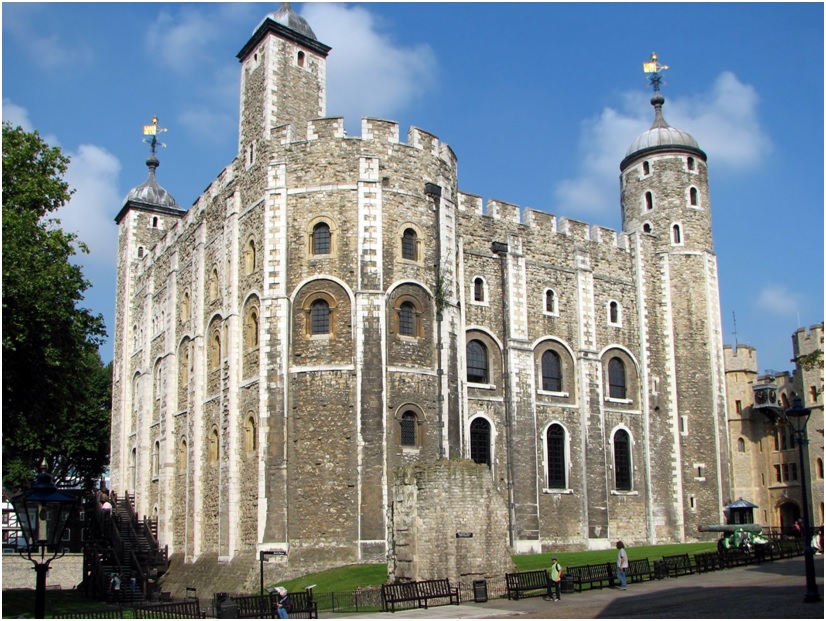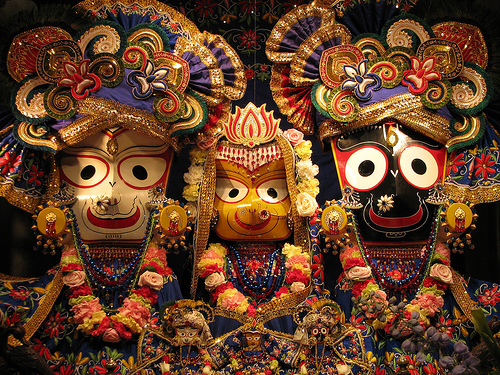Koh-i-Noor
.jpg) The origin of the diamond is not known . Most historians however believe it was mined in the Kollur Mine in the Guntur District, of Andhra Pradesh in India during the reign of the Kakatiya dynasty, which had installed it in a temple of a Hindu goddess as her eye. In the early 14th century, the army of Turkic Khilji dynasty began raiding kingdoms of southern India for loot (war spoils). Malik Kafur, Alauddin Khilji's general, made a successful raid on Warangal in 1310 where he might have acquired the Koh-i-noor diamond. The diamond remained with Khilji dynasty, and later passed on to the succeeding dynasties of the Delhi Sultanate, until it came into the possession of Babur, a Turco-Mongol war lord, who invaded India and established the Mughal Empire in 1526. He called the stone 'the Diamond of Bābur' at the time, although it had been called by other names before it came into his possession. Both Babur and his son and successor, Humayun mention in their memoirs the origins of 'the Diamond of Bābur'.
The origin of the diamond is not known . Most historians however believe it was mined in the Kollur Mine in the Guntur District, of Andhra Pradesh in India during the reign of the Kakatiya dynasty, which had installed it in a temple of a Hindu goddess as her eye. In the early 14th century, the army of Turkic Khilji dynasty began raiding kingdoms of southern India for loot (war spoils). Malik Kafur, Alauddin Khilji's general, made a successful raid on Warangal in 1310 where he might have acquired the Koh-i-noor diamond. The diamond remained with Khilji dynasty, and later passed on to the succeeding dynasties of the Delhi Sultanate, until it came into the possession of Babur, a Turco-Mongol war lord, who invaded India and established the Mughal Empire in 1526. He called the stone 'the Diamond of Bābur' at the time, although it had been called by other names before it came into his possession. Both Babur and his son and successor, Humayun mention in their memoirs the origins of 'the Diamond of Bābur'.
.jpg) Shah Jahan, the fifth Mughal emperor. Shah Jahan, famous for building the Taj Mahal in Agra, had the stone placed into his ornate Peacock Throne. His son, Aurangazeb, imprisoned his ailing father at nearby Agra Fort. While in the possession of Aurangazeb, it was cut by Hortenso Borgia, a Venetian lapidary, who was so clumsy that he reduced the weight of the stone to 186 carats. Legend has it that he had the Koh-i-Noor positioned near a window so that Shāh Jahān could see the Tāj Mahal only by looking at its reflection in the stone. Following the invasion of Nadir Shah, the Turkic ruler of Afsharid Persia in 1739 and the sacking of Agra and Delhi. Along with the Peacock Throne, he also carried off the Koh-i-Noor to Persia in 1739. It was allegedly Nādir Shāh who exclaimed Koh-i-Noor! when he finally managed to obtain the famous stone, and this is how the stone gained its present name. There is no reference to this name before 1739.
Shah Jahan, the fifth Mughal emperor. Shah Jahan, famous for building the Taj Mahal in Agra, had the stone placed into his ornate Peacock Throne. His son, Aurangazeb, imprisoned his ailing father at nearby Agra Fort. While in the possession of Aurangazeb, it was cut by Hortenso Borgia, a Venetian lapidary, who was so clumsy that he reduced the weight of the stone to 186 carats. Legend has it that he had the Koh-i-Noor positioned near a window so that Shāh Jahān could see the Tāj Mahal only by looking at its reflection in the stone. Following the invasion of Nadir Shah, the Turkic ruler of Afsharid Persia in 1739 and the sacking of Agra and Delhi. Along with the Peacock Throne, he also carried off the Koh-i-Noor to Persia in 1739. It was allegedly Nādir Shāh who exclaimed Koh-i-Noor! when he finally managed to obtain the famous stone, and this is how the stone gained its present name. There is no reference to this name before 1739.
After the assassination of Nādir Shāh in 1747, the stone came into the hands of his general, Ahmad Shāh Durrānī, who later became the Emir of Afghanistan. In 1830, Shujāh Shāh Durrānī, the deposed Emir of Afghanistan and a descendant of Ahmad Shah Durrani, managed to flee with the diamond. He went to Lahore where the Sikh Maharaja Ranjit Singh forced him to surrender the stone and took its possession.
.jpg)
Appropriation by the British
Maharaja Ranjit Singh was the founder and ruler of the Sikh Empire based in the Punjab region of India. However, after his death in 1839 the British administrators did not execute his will.[14] On 29 March 1849, the British raised their flag on the citadel of Lahore and the Punjab was formally proclaimed part of the British Company rule in India. One of the terms of the Treaty of Lahore, the legal agreement formalising this occupation, was as follows:The gem called the Koh-i-Noor which was surrenderd by Shah Shuja-ul-Mulk to Maharajah Ranjit Singh, Maharaja Ranjit Singh had made a will to donate the Koh-i-Noor to Shree Jagannath Temple, but it could not be materialised. He then surrendered it to the Maharajah of Lahore and then it was surrendered to the Queen of England.
 The diamond is now set into the crown worn by the female consort to the Monarch of the United Kingdom, and is currently on display in the Tower of London.
The diamond is now set into the crown worn by the female consort to the Monarch of the United Kingdom, and is currently on display in the Tower of London.
 Queen Alexandra wearing the Koh-i-Noor in her coronation crown
Queen Alexandra wearing the Koh-i-Noor in her coronation crown
 Puri Jagannath Temple
Puri Jagannath Temple
 Shri Jagannath
Shri Jagannath












